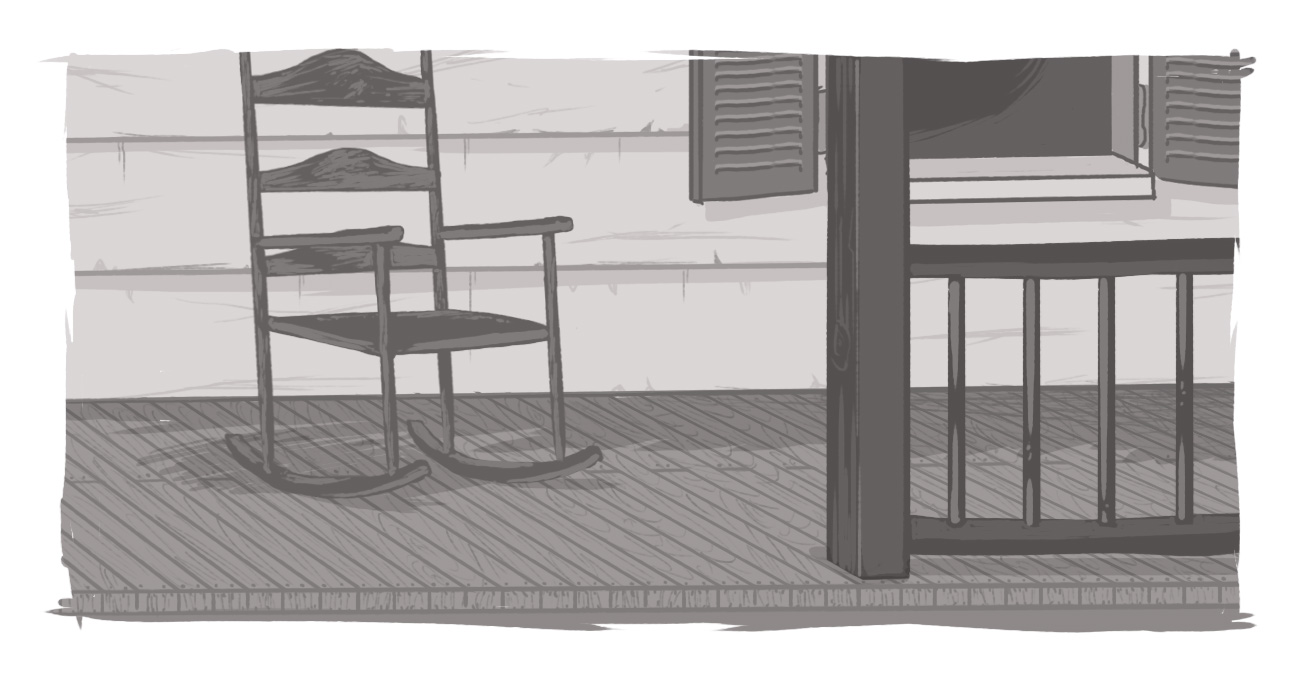Accessibility for All - Meeting the Needs of our Aging Community

Earlier today I attended a Remembrance Day ceremony, along with a few other Echidnas, at the Cenotaph in London Looking around at the seniors, it reinforced why we need to be committed to accessibility. They once were active, vigorous members of society -- some actively fighting to protect our ideals. And now, though many are currently infirm or slowed by the passage of time, that vibrancy still exists -- it just needs support to be shown.
Often, the focus of accessibility surrounds those who have disabilities through a medical condition. But accessibility impacts all of us. And with the goal of accessibility to help provide people with the tools, resources, and support to allow each of us to have equal access to the world in which we live, there are very real benefits that we can pass on to our aging population.
These people were vital parts of our past and can remain a vibrant part of our present (and future!) through inclusive efforts. Accessibility is for all and a commitment to accessibility is a commitment to ensuring that everyone can be -- and remains for as long as they like -- an active, vibrant part of our community.
So how does AODA apply to the aged?
Low-vision support
As we age, for many of us, our vision deteriorates. Whether it's conditions like glaucoma, cataracts, or complications from diseases like diabetes, or just the standard deterioration of vision through myopia or hyperopia, AODA supports those needs.
For example, having minimum colour contrast baselines ensures that people with limited vision can see content effectively. The 4.5:1 ratio is what a user with 20/40 vision would require to differentiate. I don't know about you, but if I took out my contacts, I'm pretty sure I'm below that 20/40! Alt-tags, minimum, text size, contrast -- it all adds up to making content easier to comprehend, regardless of visual acuity.
Adding audio descriptions to videos also enables those with lowered vision to better interpret visual information thanks to being able to listen to descriptions beyond what is presented through the content.
And while general flash and red flash thresholds are in place to support those who suffer from seizures, it also benefits those who can become disoriented by visual stimuli and/or have a hard time interpreting rapidly moving text.
Mobility issues
There are those who, as they get older, develop shaking or tremors that make interacting with objects that many take for granted (touch screens, computer mice) far more challenging. The actions in AODA help to ensure that those with more limited range of motion are able to access content through a variety of ways, which can support those populations.
For example, even something as simple as the WCAG 2.0 Level A mandate that web pages have titles that describe a topic or purpose is designed to benefit those with mobility impairments who are required to use audio to navigate between pages.
Size requirements for interactive elements and alternative methods for accessing content all play a role in assisting those with limited or restricted mobility.
Hearing
Many people, as they get older, do lose their hearing (and, no, it's not just a case of selective hearing!) AODA requirements around captioning make it easier for people to comprehend content that's being presented.
All non-text content should have alternative formats for comprehension -- that makes it easier to interact.
And AODA also covers the fact that, for some, multiple layers of sound can be challenging. The Level A requirement that there is a mechanism available to control audio volume independently from the overall system volume level enables those who are hard of hearing to differentiate content and focus.
And those are just a handful of the information technology components. AODA impacts many areas in our community from built infrastructure to customer service interactions, design of public spaces, and transportation.
In the end, accessibility is for all. We're all aging -- and many of us may find ourselves in need of adaptive support mechanism to interact with the world around us.
After all, our bodies may start to fail us, but our minds and talents can remain sharp. A focus on accessibility ensures that we all will be able to remain a vibrant, included part of our community for years to come.
How does AODA benefit the aged?
SUBSCRIBE TO OUR E-NEWSLETTER
 Subscribe
Subscribe


